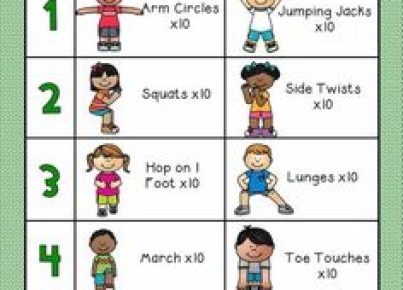Introduction
Creating a fun learning environment is crucial for ensuring the holistic development of students. Integrating sports-themed activities across the curriculum can not only make learning enjoyable, but also promote teamwork, critical thinking, and an appreciation for physical fitness. In this article, we will explore various sports-themed activities that can be incorporated into different subjects to foster active enrichment.
Mathematics
1.Scoreboard Statistics: Use data and statistics from real-life sports events to teach students about averages, percentages, and probability. Students can analyze team standings, player performances, and scoring trends to reinforce mathematical concepts.
2.Geometry in Sports: Have students explore the different geometric shapes and measurements used in various sports fields and equipment. For example, discuss the dimensions of a soccer field, angles in basketball shooting arcs, or the symmetry of a tennis court.
English Language Arts
1.Sports Biographies: Encourage students to read biographies of famous athletes to familiarize themselves with different writing styles and enhance their reading comprehension skills. These books also provide valuable insights into the perseverance and motivation that fueled these athletes’ success.
2.Debate Club: Organize debates around controversial topics in sports like performance-enhancing drugs, equal pay for male and female athletes, or using technology advancements in sports officiating. This activity helps build argumentation skills and promotes critical thinking.
Science
1.Physics of Sports: Teach students about various physics concepts like motion, force, friction, and gravity through the lens of popular sports like basketball, baseball, or soccer. Experiments can be conducted to examine how factors like air resistance affect a ball’s movement or how muscular contractions produce force during athletic events.
2.Sports Nutrition: Introduce concepts related to human biology and nutrition by discussing the role of diet in an athlete’s performance. Students can examine the importance of macronutrients (carbohydrates, fats, and proteins) as well as micronutrients (vitamins and minerals) in maintaining energy levels during physical activities.
Social Studies
1.History of Sports: Educate students about the evolution of popular sports and the historical events that shaped their growth. Teaching topics can include the origins of the Olympic Games, the role of sports in ancient civilizations, or the impact of cultural differences on various sports practices around the world.
2.Gender Equality in Sports: Discuss the historical struggle for gender equality in sports, highlighting milestones like Title IX legislation and prominent female athletes breaking barriers. This activity promotes an understanding of social issues and encourages empathy toward gender-related struggles.
Physical Education
1.Mini-Olympics: Organize a mini-Olympic event comprising different sports activities to teach students about teamwork, fair play, and cooperation. Include team events like soccer and individual competitions like sprinting or long jump to accommodate various interests and skill sets.
2.Yoga for Focus: Integrate yoga sessions into regular Physical Education classes to help students practice mindfulness and improve focus. These exercises can also serve as a stress-relief tool for maintaining mental and emotional well-being.
Conclusion
Sports-themed activities are a powerful tool to foster active enrichment across various subjects. They not only make learning enjoyable but also help develop essential life skills such as teamwork, critical thinking, communication, and resilience. Incorporating these activities into your curriculum will create a collaborative and engaging environment that prepares students for success both inside and outside the classroom.





